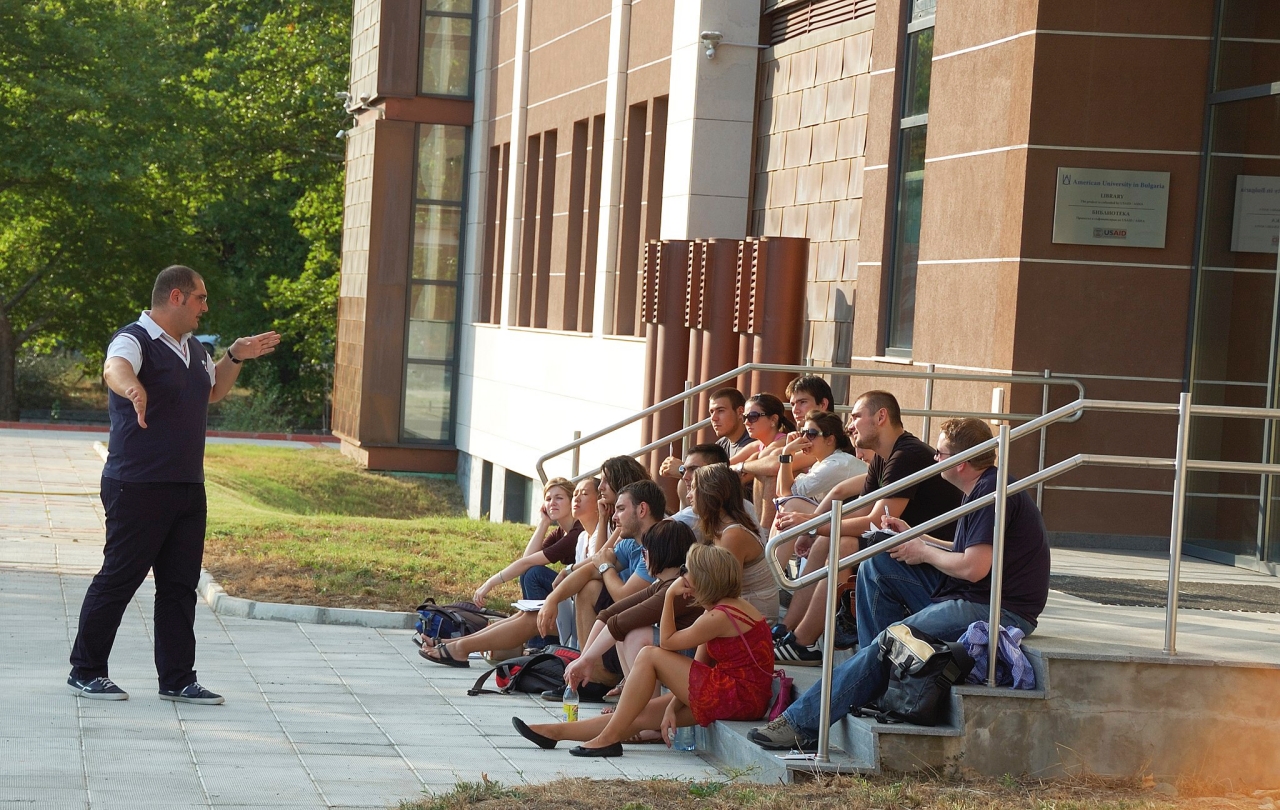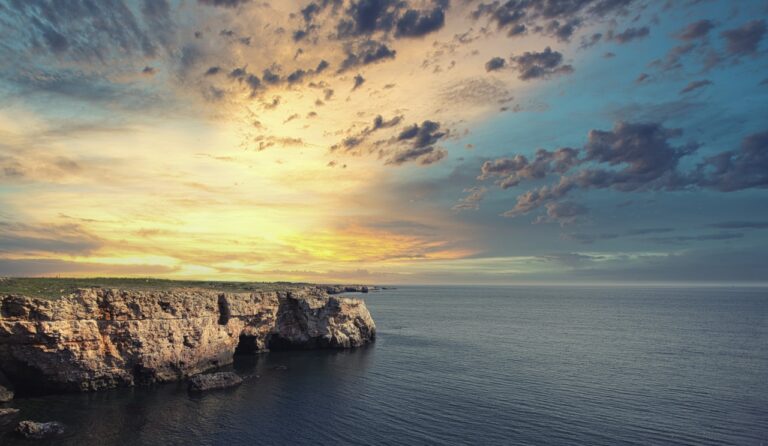Student life in Bulgaria
One of the main attractions of student life in Bulgaria is the relatively low cost of living, including accommodation, student tuition fees, public transportation, and food. Prices vary from town to town, but overall you can expect your expenditure on food to be around half what it would be in a country such as the UK, and accommodation and utilities around a third of those in the UK market (sometimes even less). Bulgarians are very friendly, but watch out for potential misunderstandings – they tend to shake their heads to mean yes and nod for no, which can be a little confusing at first!
Apart from low tuition fees and living costs, there are lots of other reasons to study in Bulgaria. It is a popular tourist destination, famous for its sandy beaches and coastal resorts, and also for its beautiful mountain ranges and snowsports. If you’re interested in history, you’ll also find plenty to explore. One of the country’s oldest historical sites, the Thracian Tomb of Kazanlak, dates back to the 4th century BC. Meanwhile, some of the most famous treasures in the world were discovered at the Varna Necropolis burial site, including the world’s oldest golden ornaments.
Find out more about life in Bulgaria’s major student cities:
Sofia
Bulgaria’s capital and largest city, Sofia is also the 15th largest city in the European Union, with a population of 1.2 million people. A major political, economic and cultural center, it is located in the west of Bulgaria, on the lower slopes of Mount Vitosha. Its history includes settlements of Thracian tribes and Romans, and it was once the favorite city of Emperor Constantine the Great, who called it his “Rome”.
Today, you can still see the remains of Roman buildings in the center of the city. But alongside its well-preserved heritage, Sofia is a modern European city with a laid-back atmosphere and lots to do. The capital even has an entire district dedicated to students, known as “Student Town”, which has over 40,000 residents. Here you will find the student halls of all the city’s universities, as well as libraries, shops, clubs, bars, and parks.
Sofia is home to many of the best-known Bulgarian universities, including Sofia University St. Kliment Ohridski, which features in the QS World University Rankings, and an international branch of the UK’s University of Sheffield.
Plovdiv
The country’s second-largest city, Plovdiv has a population of about 342,000, and a lively cultural and nightlife scene. It is another of Europe’s oldest settlements (older than Rome, Athens, Carthage, or Constantinople and almost a contemporary of Troy), built upon layers of older towns and cultures. The historic old town district contains remains from Bulgaria’s National Revival period (18-19th century) and is basically an open-air museum situated on three hills, known in Roman times as Trimontium. The old town also contains a well-preserved ancient Roman theater, which is still used for open-air performances. Plovdiv is home to one of Bulgaria’s most notable universities – the Plovdiv University “Paisii Hilendarski”.
Veliko Tarnovo
Among Bulgaria’s oldest settlements, Veliko Tarnovo has a history dating back more than 5,000 years, and was the capital of Bulgaria for several centuries, before the Ottoman dominion. Veliko Tarnovo was known as the most unconquerable Bulgarian fortress, as well as a major cultural and intellectual center. Today, the most significant monument in Veliko Tarnovo is the well-preserved medieval fortress Tsarevets, situated on a peak above the city and surrounded on three sides by the river Yantra. The fortress and Veliko Tarnovo’s old town district are must-sees for all those with an interest in the medieval period. The city is home to one of the most prestigious Bulgarian universities, the St. Cyril and St. Methodius University of Veliko Tarnovo.
Blagoevgrad
A small, charming city in the southern part of the country, Blagoevgrad is situated at the foot of the Rila and Pirin Mountains, the highest and most beautiful ranges in Bulgaria. One of the most famous local tourist attractions is the Rila Monastery, founded in the 10th century AD, which is only half an hour away from Blagoevgrad. The monastery is among Bulgaria’s landmark attractions; tourists from around the world come to admire this old Christian sanctuary, many remarking that there is something magical about the place.
The city itself is quite small but has a vibrant cultural life. It is home to two universities, one of which is the English-medium American University in Bulgaria. Students make up a significant segment of the local population, and many are international, so if you choose to study here you certainly won’t feel alone.
This article was curated from Top Universities. Featured Image Credit: Akehayova, CC BY-SA 4.0, via Wikimedia Commons







